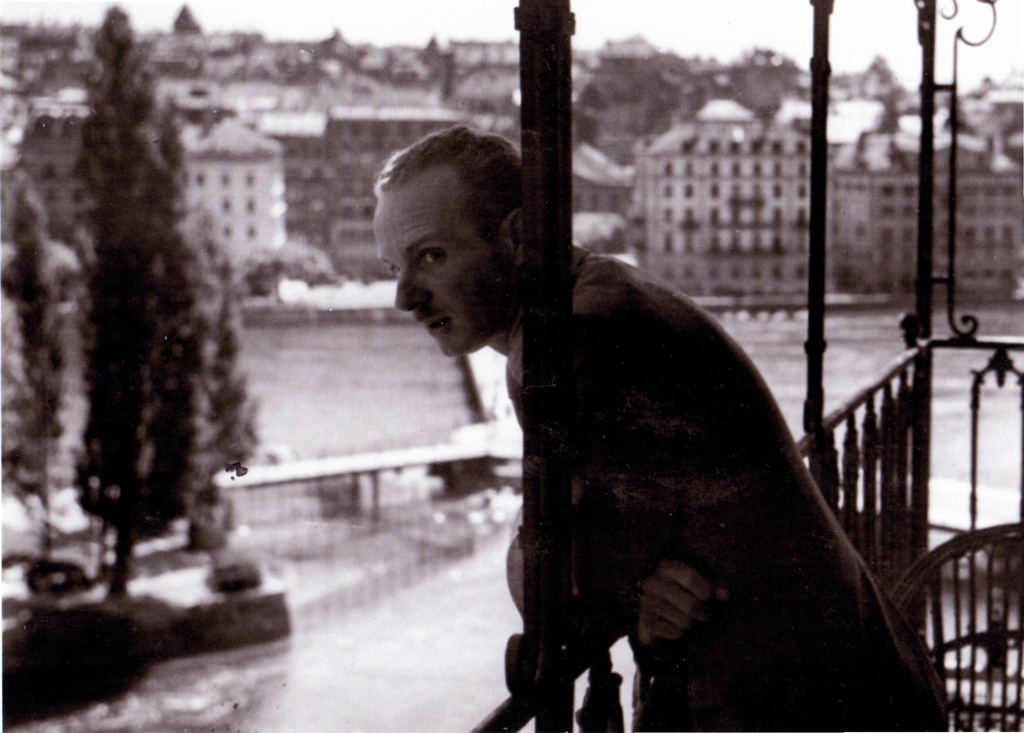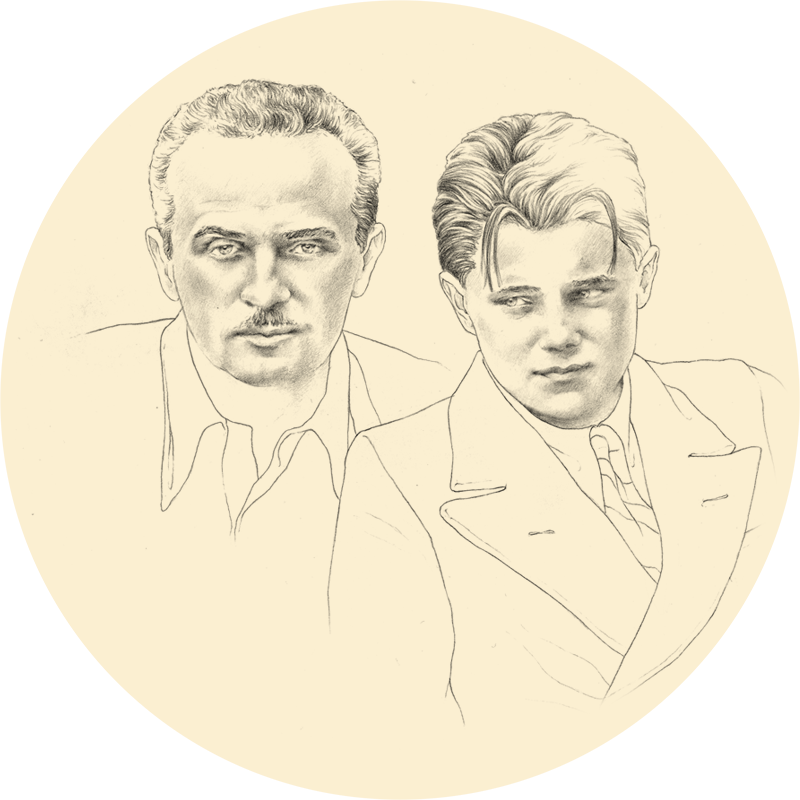You lived and painted throughout your life in the building on Corso Garibaldi. A neighborhood seething with life, as rambunctious as you were quiet. Always a working class zone, just outside the ring of the canals. It was no coincidence that Laura Solera Mantegazza lived here. Even today, on her house at Corso Garibaldi 73, one can see the words etched in the stone by the people of the city: “This building was the home, for many years, and the first infants’ shelter founded by Laura Solera Mantegazza, the true mother of the poor.” It was no coincidence that in 1928, in one of the courtyard buildings, Gino Bramieri was born, and that here, near your house, lived Salvatore Quasimodo. It was no coincidence that in front of your place there was the Teatro Fossati, which became famous for its operettas and comedies in local dialect, before becoming a movie theater (followed by abandon, and rebirth as a theater studio, thanks to Giorgio Strehler). Even after World War II, Corso Garibaldi was still bustling with shops, workshops, penniless artists, artisans and ordinary people who were ready to take to the streets to protest against the horrors programmed in the Master Plan of ’53, which called for total demolition of the area, widening the street to transform the neighborhood into a development for residences and office buildings. Here, many years after your time, Pietro Valpreda made coffee and talked about soccer, anarchy and the underworld with his customers.

They’ve called you a “Chiarista,” the “Italian Matisse,” but you were not really a part of any artistic movement. You were not a Futurist, Abstractionist, Expressionist, not a Neo-Classical artist. You painted, closed up in your studio. You just painted, Renzo. And if you were not satisfied with the results, you had no qualms about destroying a canvas. Maniacal, a perfectionist, in your will you left instructions to destroy all the paintings you had not signed. The signature was the seal, proving the conclusion of the struggle between you and forms, colors. You did not paint views, but states of mind. Closed gates that offer only a glimpse of what lies beyond, beyond the landscape. What die you see there, beyond it? What was the world you never managed to show us?
No one could enter your laboratory of anxieties, at Corso Garibaldi 2. Not your beloved brother Gino (you dedicated a painting prize to him, after his death), not your devoted sister Carla, not even your closest friends. Not Dino Buzzati, not Leonardo Borgese. No one, except Adolfo. Already from the portrait you made of him when he was a child with sparkling eyes it is clear how much you loved him. He was the son of your sister, the wife of Pietro, the engineer who had an even more cumbersome surname than you did. Pini. As in Paolo, the neurologist who dedicated his labors to the least fortunate of the city, the man everyone wanted as the mayor of the Liberation, had he not died precisely in ’45. A hospital was named for him. And as in Gaetano, Paolo’s father, founder in positivist, philanthropic Milan of the “School for rickets sufferers” and then the orthopedic clinic, Italy’s oldest institute of orthopedic medicine.
